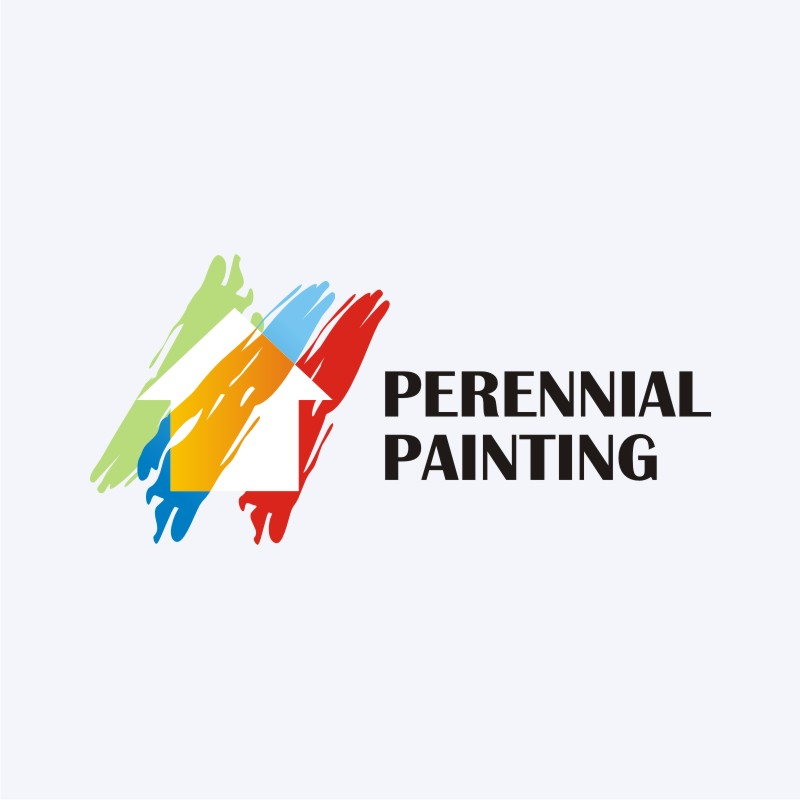Systematic Guide To Setting Up Your Wall Surfaces For Painting
Systematic Guide To Setting Up Your Wall Surfaces For Painting
Blog Article
Created By-Grace Rindom
When you're prepping your wall surfaces for painting, it's important to adhere to a systematic process to make sure a flawless coating. Begin by analyzing the wall surface for any type of damages; this action can make or break your project. Once https://www.digitaljournal.com/pr/news/paint-it-perfect-offers-top-quality-house-painting-services-in-auckland-with-eco-friendly-credentials 've determined any type of problems, cleaning up the surface area correctly is vital, as an unclean wall surface can impact paint bond. After that, you'll require to patch any type of imperfections and use a primer. Yet there specify strategies and tips that can boost your preparation game-- let's discover those further to accomplish the best results.
Assessing Wall Surface Condition
Prior to you get your paintbrush, take a minute to analyze your walls' problem. Look for any visible damages like splits, openings, or peeling off paint. These imperfections can affect exactly how the paint adheres and looks when it's completely dry. If you see any kind of significant damage, you'll need to focus on repairs before diving right into painting.
Look very closely at the texture of your wall surfaces. Is the surface smooth, or exists structure that might require special factor to consider? Smooth walls usually need less preparation, while textured surface areas might need more time to repaint evenly.
Likewise, think about the previous paint job. If the old paint is glossy, it mightn't enable brand-new paint to stick correctly. You'll wish to know if your walls have been repainted with oil-based or water-based paint, as this can affect your selection of primer or paint.
Lastly, take note of any kind of dampness problems. If you see indicators of water damage or mold, address these issues quickly to avoid further complications.
Cleaning the Surface area
When you've evaluated the problem of your walls, the following step is cleansing the surface. Beginning by collecting your materials: a bucket, cozy water, a mild cleaning agent, a sponge or cloth, and a scrub brush for tougher spots.
Begin on top corner of the wall surface and work your means down. Mix the cleaning agent with warm water in your container, then dip the sponge or towel into the service. Wring it bent on prevent extreme dampness on the walls.
As you cleanse, pay close attention to areas that could've built up dirt, grease, or fingerprints. For stubborn stains, make use of the scrub brush carefully to avoid harming the paint under. Wash your sponge or towel often in tidy water to avoid spreading dust around.
After cleansing, it's necessary to clean the walls with a moist fabric to eliminate any type of soap deposit. This step makes sure a smooth surface area for the brand-new paint to adhere to.
Permit the wall surfaces to completely dry entirely before going on to the next prep work actions. This detailed cleaning process will help develop a fresh canvas for your paint job, ensuring the very best results.
Patching and Priming
Patching and priming are crucial action in preparing your wall surfaces for a fresh layer of paint. First, check your wall surfaces for any holes, cracks, or imperfections. Utilize a high-grade spackling substance or patching paste to fill up these areas.
Apply the substance with a putty blade, smoothing it out so it's flush with the bordering surface. Enable it to completely dry completely, and after that sand it gently up until it's smooth and even.
As soon as you have actually patched everything, it's time to prime. Primer helps secure the covered areas, ensuring the paint sticks properly and offers a consistent surface. Choose a primer appropriate for your wall surface type and the paint you'll be utilizing.
Apply please click the next web page using a roller for larger locations and a brush for edges and edges. If your covered areas are substantially large or porous, you could intend to use a 2nd layer of guide after the first one dries.
After priming, let whatever completely dry completely prior to carrying on to paint. This prep work will not just improve the appearance of your walls but also extend the life of your paint job.
Take your time, and you'll be pleased with the outcomes.
Conclusion
By complying with these basic steps, you can attain a smooth and expert coating on your walls. Beginning by evaluating their problem, after that tidy and spot any kind of imperfections prior to applying primer. Keep in mind to permit sufficient drying out time and make certain whatever is smooth prior to you dive into painting. With the right preparation, you'll set the stage for a stunning improvement in your room. Currently, collect your supplies, inhale the fresh air, and prepare yourself to paint!
